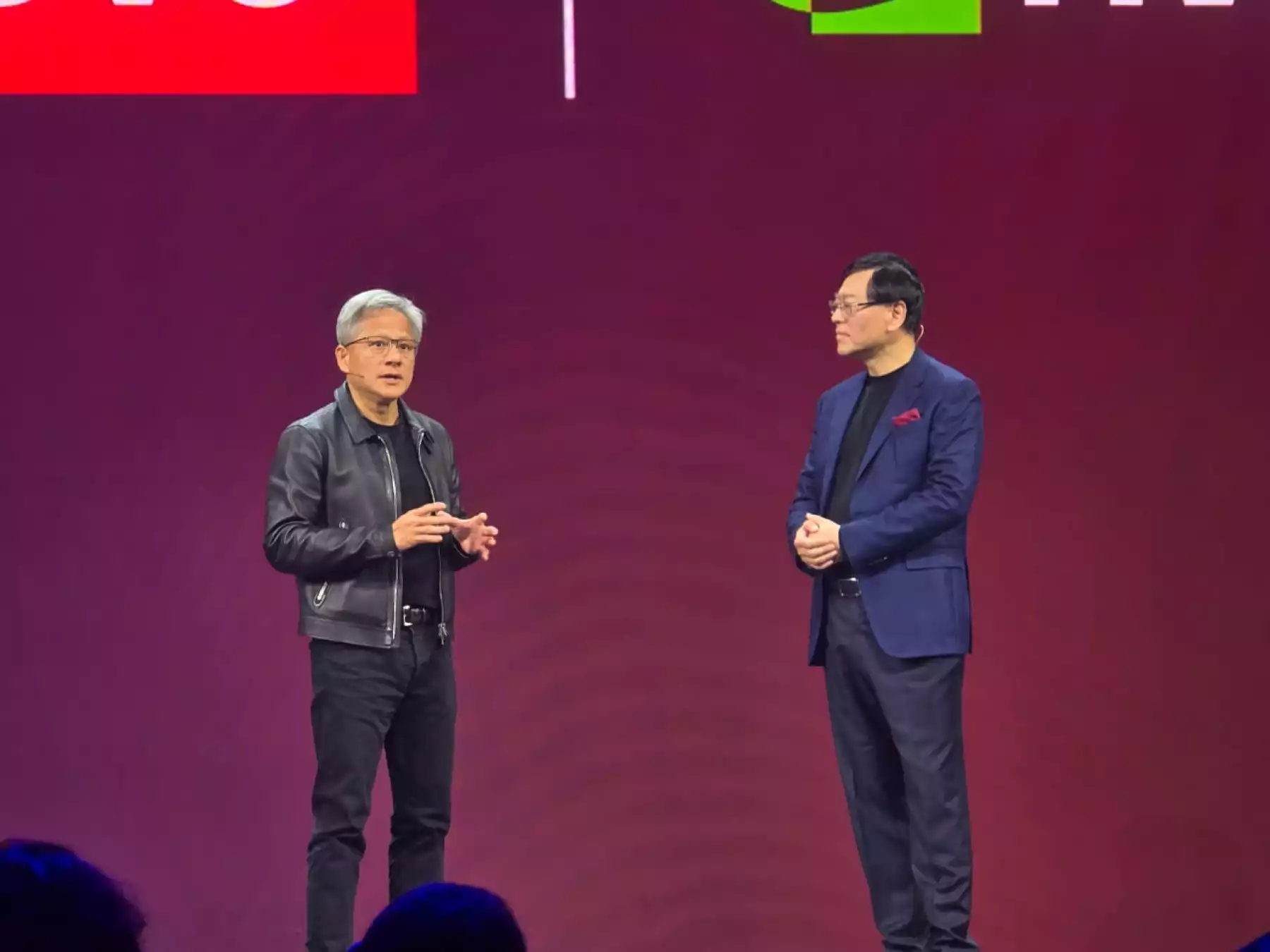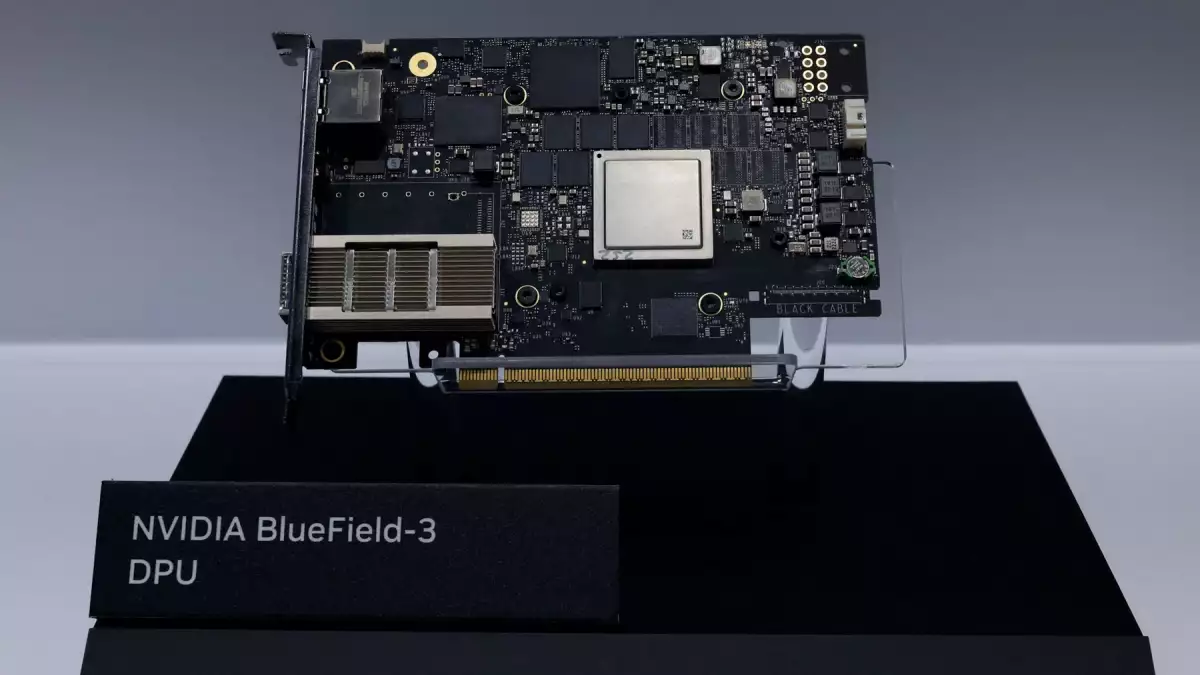
Intel and AMD join forces for the future of computing
Despite being historical competitors, both companies recognize the need to join forces to shape the future of x86 architecture, the foundation of modern computing.
The saying goes: keep your friends close but your enemies closer, and while this is not exactly the case, Intel and AMD have had a relationship marked by direct competition, and although they have collaborated on occasion, throughout history, both companies have been rivals in the processor market.
However, the competition to create the 'future' of modern computing has brought the companies together in an alliance, which will materialize through the x86 ecosystem advisory group .
This group is a joint initiative that brings together technology leaders from various companies to improve and expand the x86 ecosystem. This ecosystem includes hardware and software that is based on the x86 processor architecture, widely used in personal computers, servers and data centers.
With the rise of new technologies such as artificial intelligence (AI), chipsets, and 3D packaging, the collaboration aims to modernize this architecture to keep it relevant and efficient.
Key objectives of the group
“We are on the cusp of one of the most significant shifts in the x86 architecture and ecosystem in decades, with new levels of customization, compatibility and scalability needed to meet current and future customer needs,” said Pat Gelsinger, Intel CEO.
Part of this goal is to have certain common objectives, such as compatibility between platforms, since the aim is to make the different implementations of the x86 architecture more coherent and compatible between different devices and applications, which will allow developers to work more easily on products that work on hardware from both companies.
“We are excited to bring the industry together to provide guidance on future architectural improvements and extend the incredible success of x86 for decades to come,” said Lisa Su, CEO of AMD.
The aim of this alliance is to simplify interfaces and software development, making systems that operate on this architecture more predictable and consistent.
And customers will be able to choose and mix and match hardware and software from different manufacturers more easily and benefit from the latest innovations from Intel and AMD.
Why is this relevant?
Intel and AMD recognize the need to work together to address challenges in modern computing, such as the growing demand for AI solutions and big data processing. With this advisory group, they seek to ensure that the x86 architecture continues to evolve and remain the preferred platform in data centers, the cloud, and devices.
By including major players such as Google Cloud, HP, Dell, Microsoft and others, the group hopes to leverage industry-wide expertise to make architectural decisions that will shape the future of computing.
The collaboration between these competing companies seeks to standardize and improve interoperability, simplifying software development and allowing better integration of new technologies.
Leave a comment:


Tranding News










